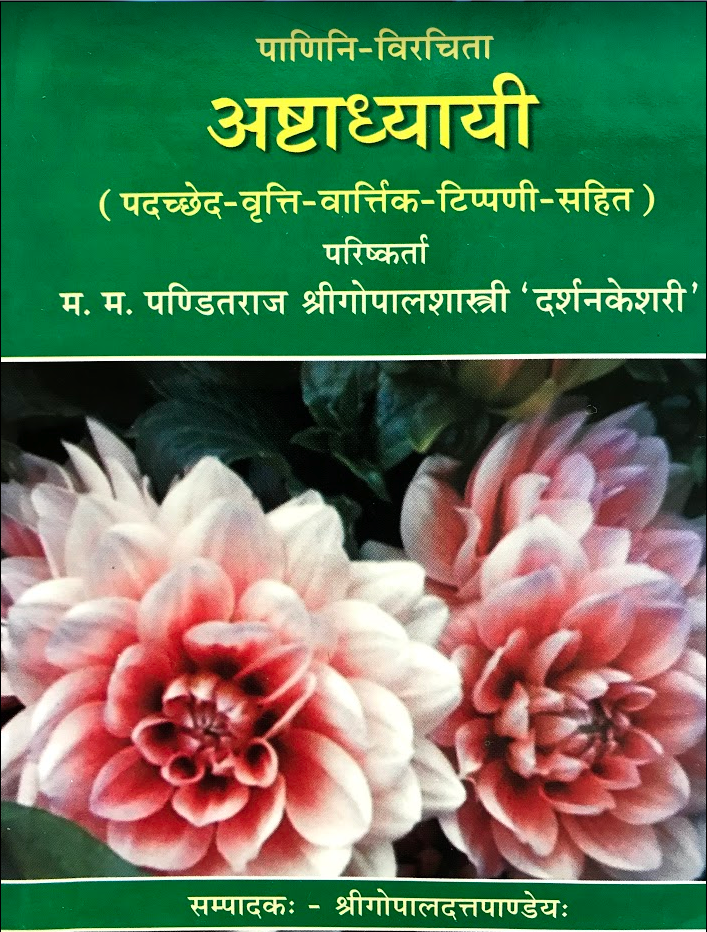(This article requires you to have some basic knowledge of Samskritam and uses Devanagari script in between)

I don’t know if grammarians of any other language have analyzed the letters of a language like Samskritam grammarians. Samskritam letters have been classified in many ways — from where the sound originates in the mouth to the amount of breath involved to the effort involved in saying the letter. In this post, I want to go over classifications based on length, tone, and nasalization.
In Samskritam, like most languages, there are vowels and consonants. In most Indian languages, they are kind of similar. For example, here are the Malayalam vowels. If you read the transliteration below the letter, you will find that your mother tongue has identical letters.

When it comes to Samskritam, the vowels are represented in the Maheshwara Sutras by the pratyahara अच् (See The brilliance of Panini). If you expand, अच्, you get the following letters: अ इ उ ऋ लृ ए ऎ ओ औ. There are just 9 letters.
The first letter is pronounced as “a” in both Malayalam and Samskritam. While Malayalam has “a” and “aa,” Samskritam has only “a.” Does it mean that Samskritam does not have a long a.?
In Samskritam, if you pick one of the vowels, it does not represent that single character but much more. For example, take the letter “a.” It’s not just one letter. It encompasses many different letters.
There are three different classifications of vowels, and they are based on
- length (it can be short, regular, or long)
- tone (there are three different tones or pitches at which you pronounce the letter)
- nasalization (a letter can be said in a usual way and also in a nasalized way)
Length
Each vowel can be pronounced as either hrasva (ह्रस्व), deergha (दीर्घ ) or plutha ( प्लुत). Let’s say someone is mentioning the person named Krishna. They could say Krishna with a short ending and not elongating the end. That would be ह्रस्व or short. If they are calling on Latha, the ending “a” is long or दीर्घ. Now let’s say Krishna is far away in the field, and Yashoda calls him “Krishnaaa” with an elongated “a” for three beats. That would be a प्लुत. When you write a प्लुत letter, you put the number 3 next to it, to indicate that it should be elongated for three beats. Technically, ह्रस्व is of one matra of time, दीर्घ is two and प्लुत three.
If you put it into a table, it will look like this.
| ह्रस्वाः | दीर्घाः | प्लुताः |
| अ | आ | अ ३ |
| इ | ई | इ ३ |
| उ | ऊ | उ ३ |
| ऋ | ॠ | ऋ ३ |
| ऌ | – | ऌ ३ |
| – | ए | ए ३ |
| – | ऐ | ऐ ३ |
| – | ओ | ओ ३ |
| – | औ | औ ३ |
As you can see, not all letters have all the variations.
- लृ does not have a दीर्घ.
- ए does not have a ह्रस्व. It starts off as दीर्घ
- ओ, ऐ and औ does not have have ह्रस्व either.
The take away from this section is that, when you refer to the vowel अ, it refers to the three variations of अ, which are the ह्रस्व दीर्घ and प्लुत variations.
That’s not it.
Tone
Take the letter अ. You can utter it in a higher pitch, normal pitch, or low pitch. These three pitches are called उदात्त, अनुदात्त. and स्वरित
- उदात्त is a higher pitch
- अनुदात्त is a lower pitch
- स्वरित happens when the उदात्त and अनुदात्त are combined, and you get the middle sound.
This is hard to explain verbally. So here are two videos where Vedic scholars demonstrate this concept. I visualize this as a sine wave. The उदात्त is the crest, अनुदात्त is the trough and स्वरित is the base.
Nasalization
Finally, you can utter a letter with a nasal sound or in a non-nasalized form.
These are referred to as
- अनुनासिक (nasalized)
- अननुनसिक (non-nasalized)
If you look at the अ mentioned in the Maheshwara Sutras, you can see that it has all these forms. If you take अ, it can have 3 lengths (ह्रस्व, दीर्घ, प्लुत), 3 tones(उदात्त, अनुदात्त, स्वरित), and 2 (अनुनासिक, अननुनसिक). Thus अ can have 18 forms. That is true for अ इ उ and ऋ. The remaining letters do not have three lengths. Hence they will only have 12 forms. So when you chant the Maheshwara Sutras, you should know that they have all these forms.
Who has ever thought about letters this way? Classifying and categorizing them in so many different ways.
References
- संधिःby महबलेश्वरभट्ट्:
- Lecture by Sri Varun Khanna at Chinmaya International Foundation